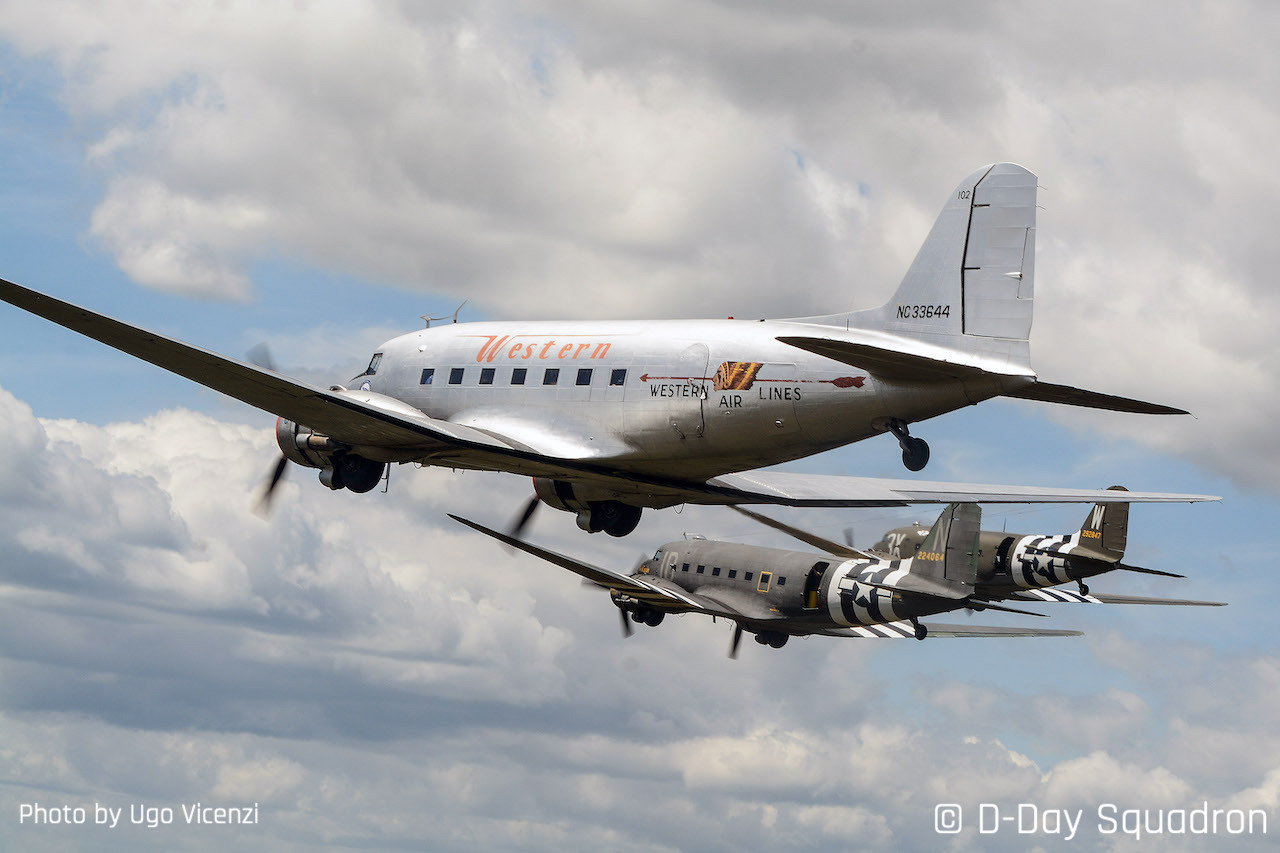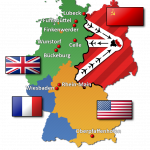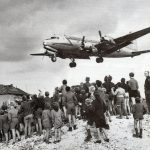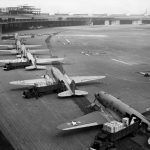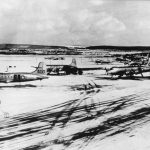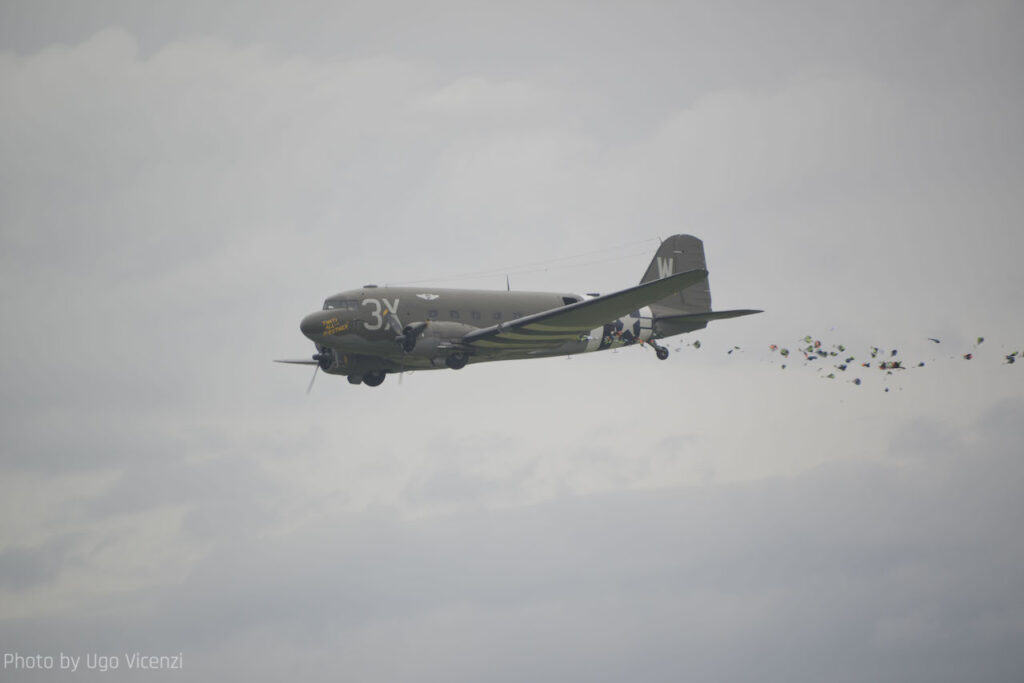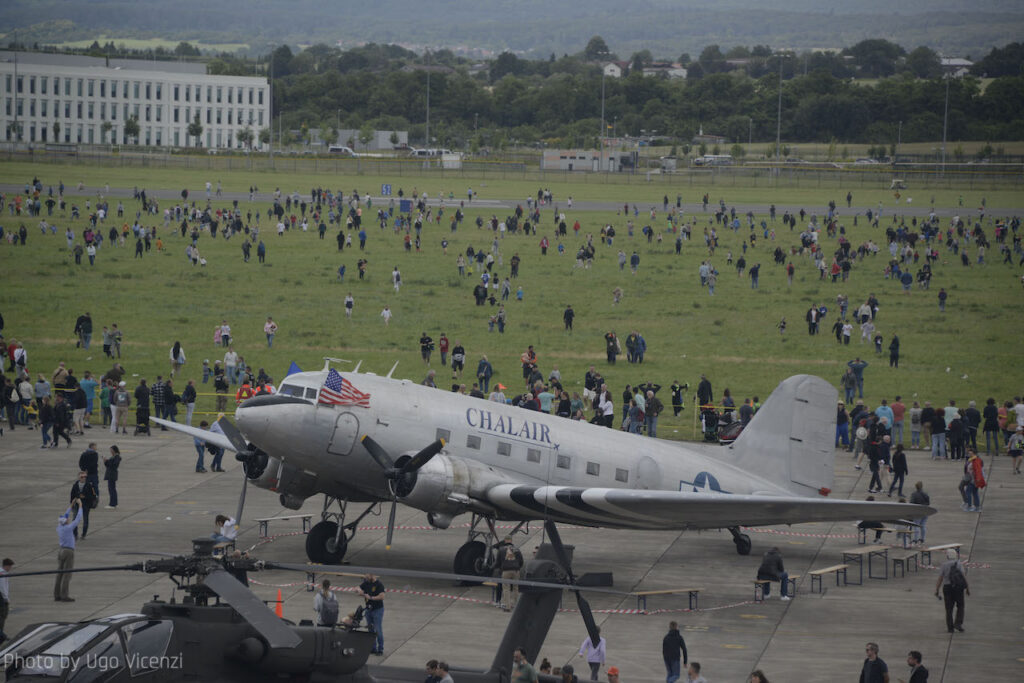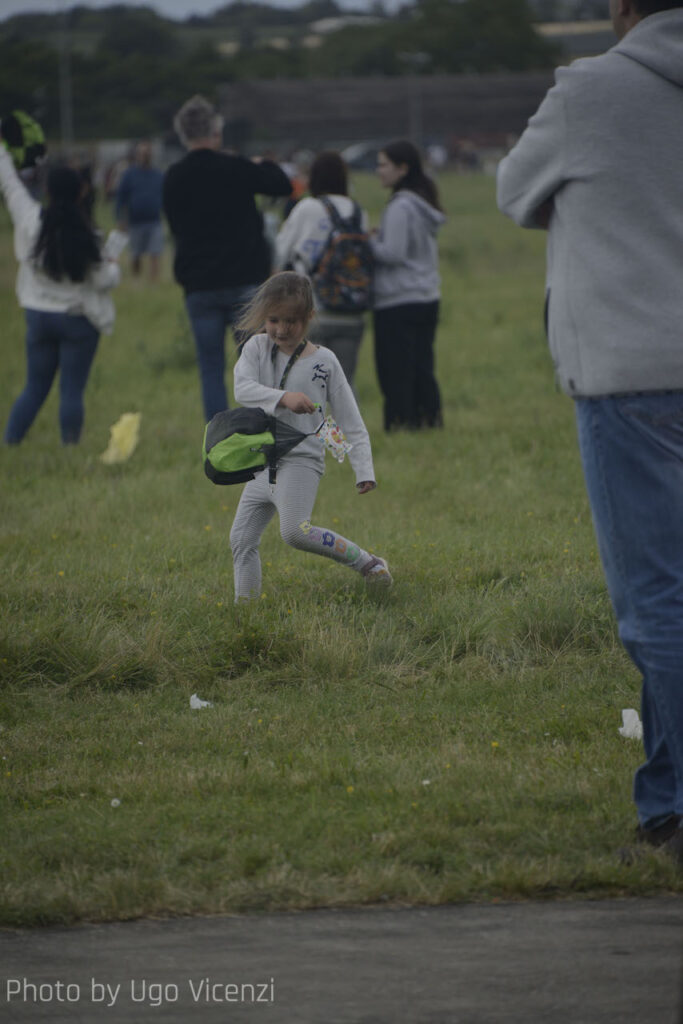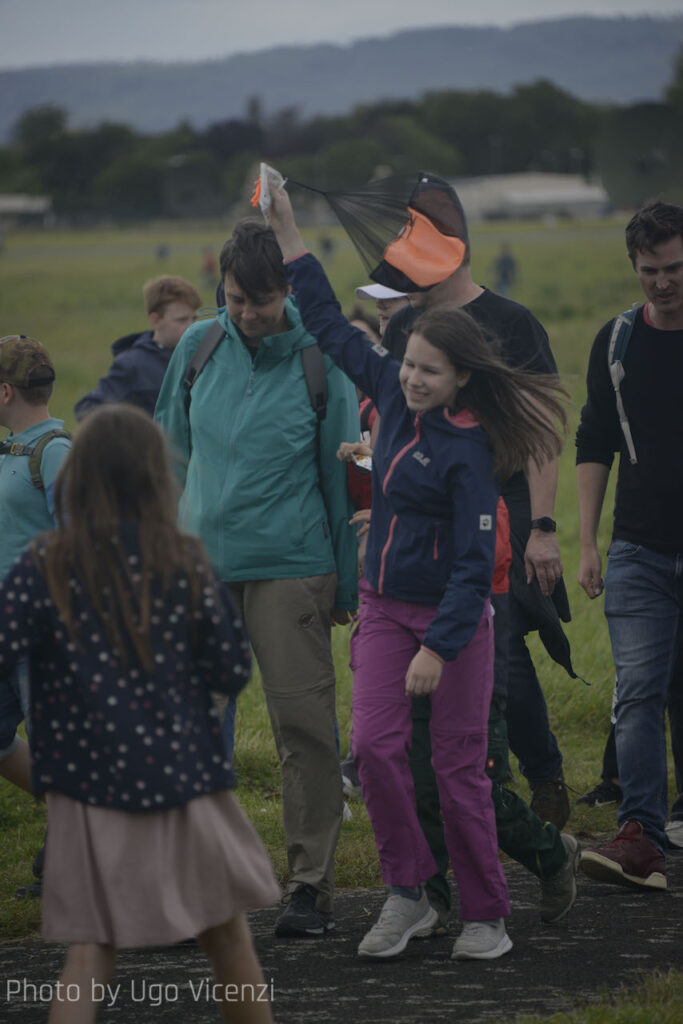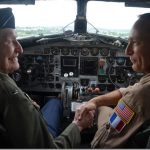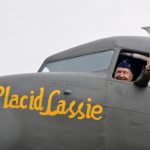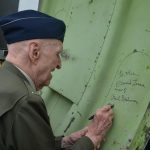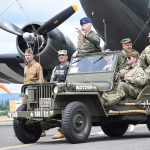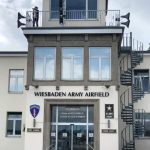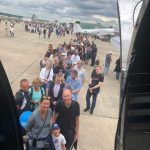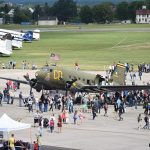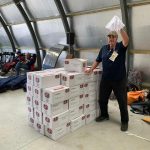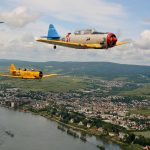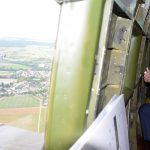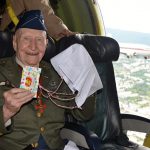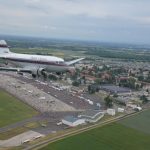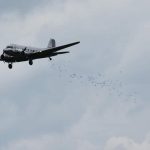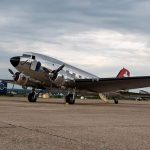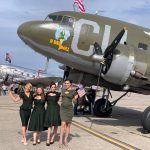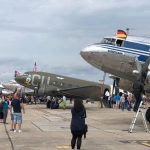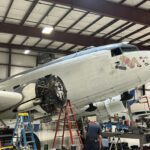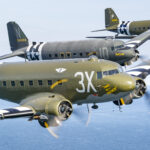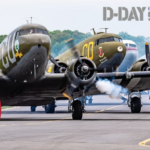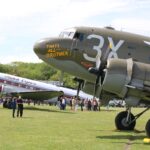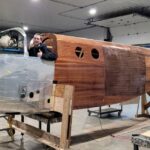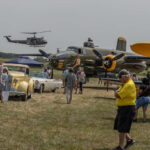With the successful conclusion to the celebrations of D-Day + 80 in Normandy, France, some of the Douglas C-47s from the D-Day Squadron, along with others based in Europe, have continued onwards to Germany to help celebrate the 75th anniversary of the successful conclusion of the Berlin Airlift.
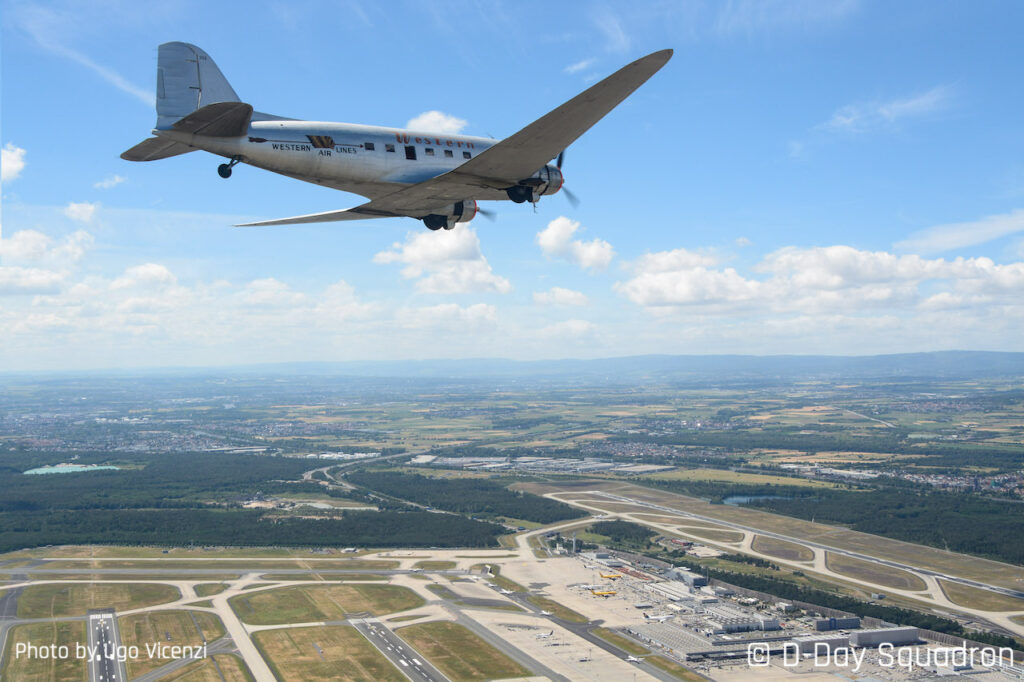
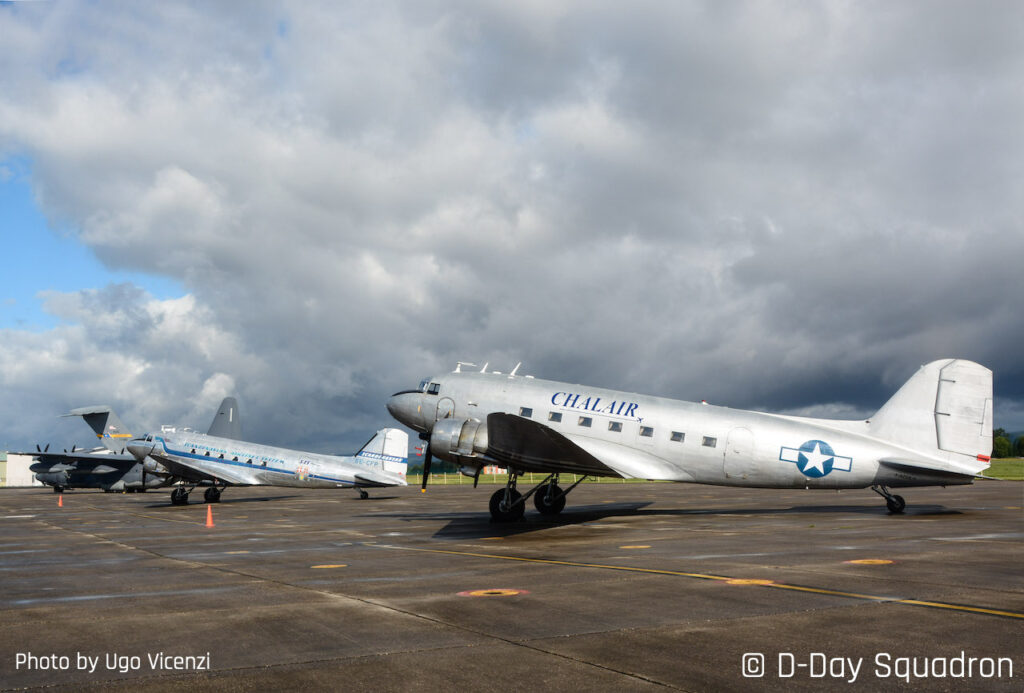
As most readers will know, following Germany’s surrender at the end WWII, the nation’s administration was divided between the four occupying powers: the United Kingdom, the United States, France, and the Soviet Union. This was supposed to be a temporary situation until a new democratic political system could be implemented in Germany, and obviously to also prevent the resurgence of a Nazi-style regime following the Allied victory.
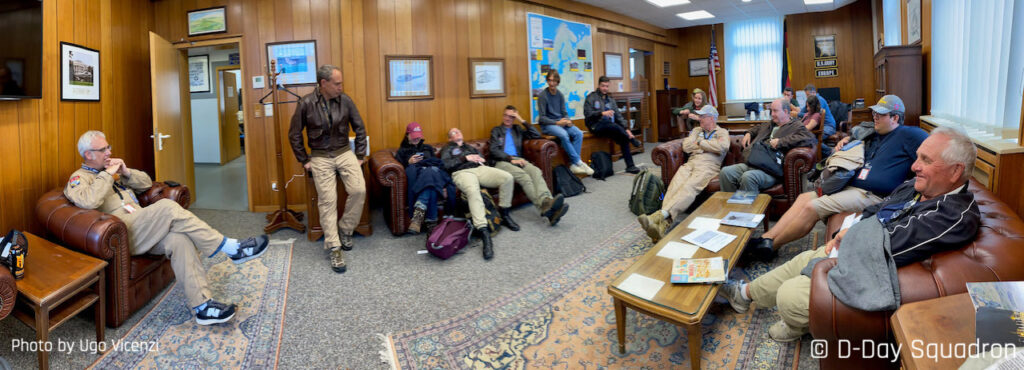
Similarly to the nation itself, Germany’s original capital city, Berlin, was also divided into four sectors with each zone administered by one of the four occupying powers. But Berlin was deep within East Germany, which meant that supplying the Western-aligned sectors required the Soviets to allow supply trains and truck convoys to pass through their zone. Sensing an opportunity to annex West Berlin in the spring of 1948, the Soviets decided to force the other occupying powers from Berlin by simply shutting off the land and water-based supply routes through East Germany… to effectively starve the city into surrender. But to Stalin’s consternation, the Western Powers refused to abandon Berlin, and so the airlift began: a round-the-clock air bridge to West Berlin bringing in desperately needed supplies to the heavily bomb damaged city. While the Soviets could block the land and water routes to West Berlin relatively easily, it was far harder to do the same in the air without the risk of sparking a new, and far more devastating war. So long as the Western aircraft stuck to very specific routes (and there were dire consequences for any which deviated from these air corridors) the cargo planes with their precious loads were allowed through. It was an incredible feat of complex logistics of a scale never before tried, determination and bravery, and, in addition to the occupying nation air arms of France, Britain and the USA, also included aircrew from Canada, South Africa, New Zealand, and Australia to keep West Berlin from falling into Soviet hands. At its peak, a cargo plane was landing in West Berlin every thirty seconds!
Through sheer bloody-mindedness, and the building and managing of the biggest airlift in the world to that date, the blockade ended roughly a year later when the Soviets capitulated and reopened the land routes to West Berlin.
In terms of financial expenditure, it had been a staggeringly expensive exercise, coming in at roughly US$224 million in the day (roughly US$2 billion in today’s dollars). But the Berlin Airlift also had a steep human cost as well with 101 aircrew losing their lives in the endeavor, which saw 17 US and eight British aircraft crash.
As a result of this brave effort to keep West Berlin safe, the Berlin Airlift is held in enormously high regard in Germany, even today, and celebrated accordingly. Several events have taken place in the nation to celebrate the 75th anniversary of its conclusion with a number of Douglas C-47s flying into Garrison Wiesbaden this past weekend.
Back in 2019, one of the veteran pilots of the Berlin Airlift, Gail Halvorsen, flew into Wiesbaden aboard the D-Day Squadron’s C-47 Skytrain Placid Lassie. Halverson, was famously known as the “Candy Bomber” because he began the practice of dropping sweets suspended on tiny parachutes (fashioned from handkerchiefs) to the children in West Berlin as his cargo plane approached touchdown in the besieged city. Col Halvorsen passed in 2022, so this year his daughter flew in Western Airlines to celebrate the event.
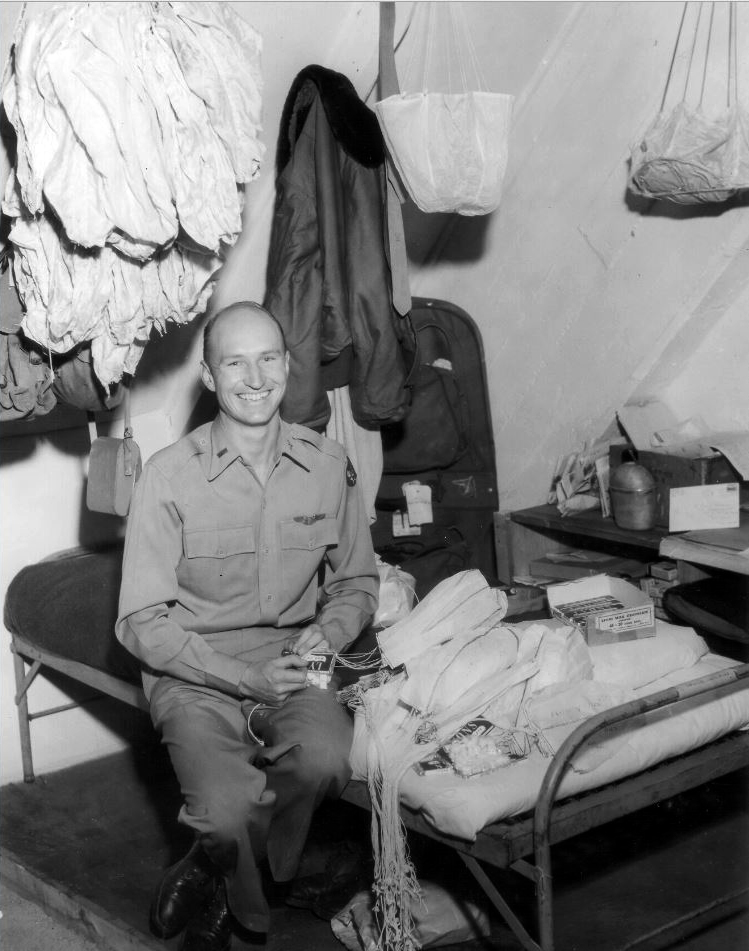
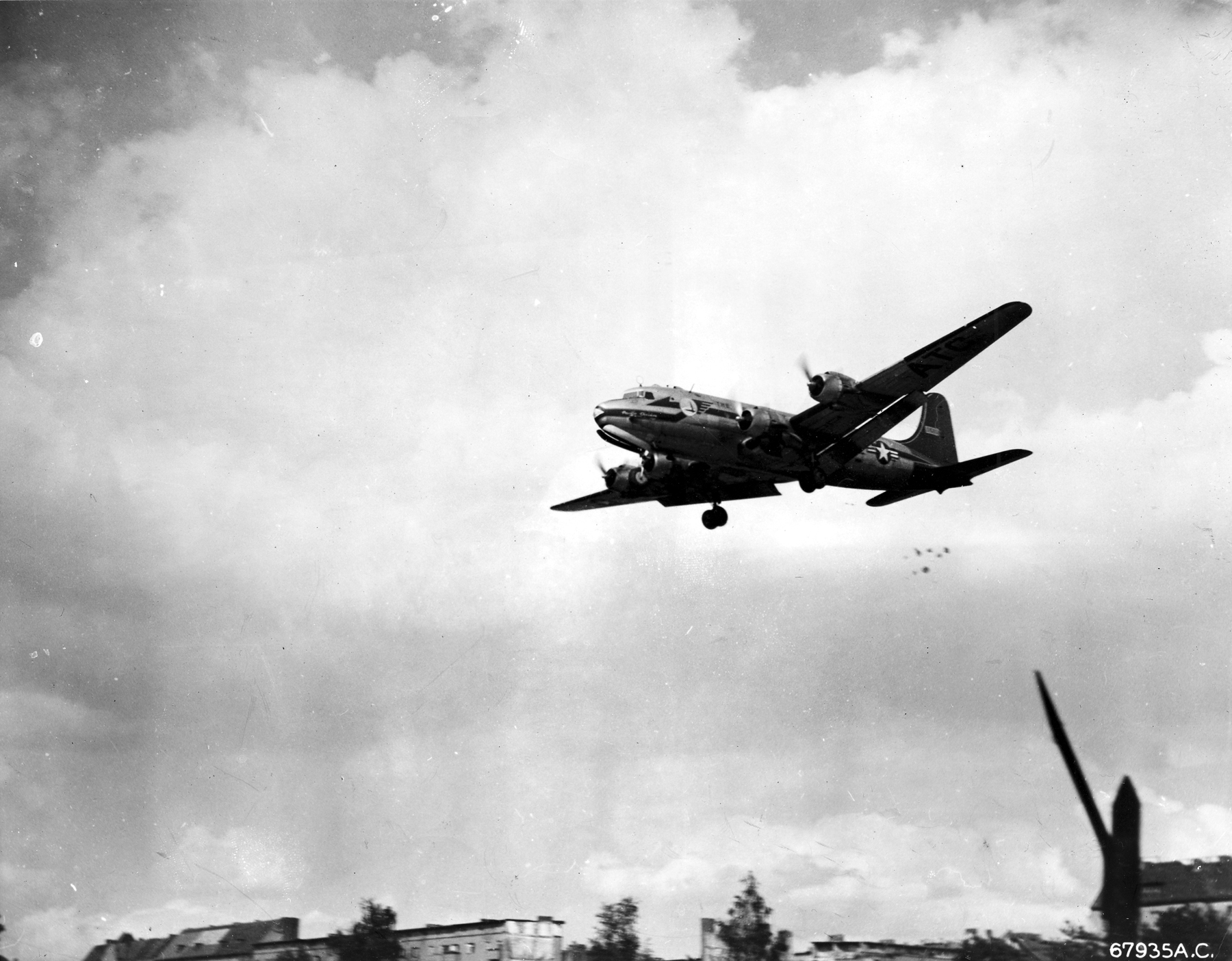
Halvorsen told the Berlin kids he would drop something to them on his next landing at Templehof if they promised to share. He would signal them on approach that it was his plane by wiggling the wings, something he’d done for his parents after he received his pilot’s license in 1941. In 2024, the “Candy Drop” was recreated, as pictured below.
Picture report of the 2019 Commemoration.
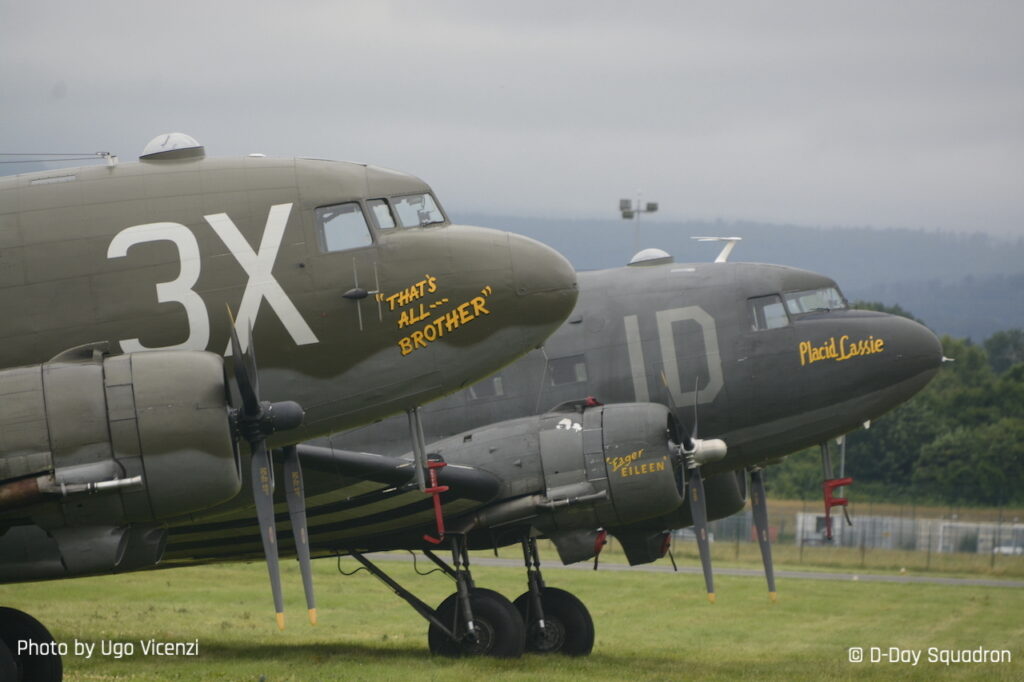
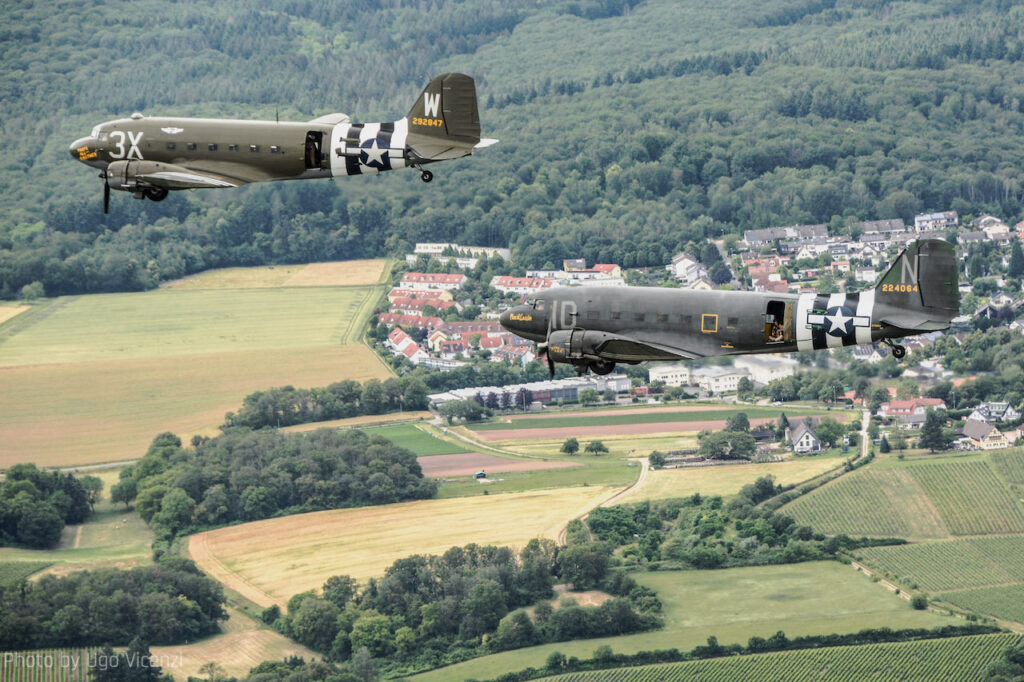
In many ways, Halvorsen has become the face of the Berlin Airlift for many in the U.S. today and has helped to keep the memory alive by taking part in Berlin Airlift Historical Foundation activities at air shows. Additionally, the Garrison Wiesbaden base commander honored “The Candy Bomber,” Col. Gail Halvorsen, by dedicating a newly constructed air traffic control tower on Clay Kaserne this Saturday. Halvorsen’s daughter, Denise Williams, shared the story behind the inspiration that earned her father his famous nickname.
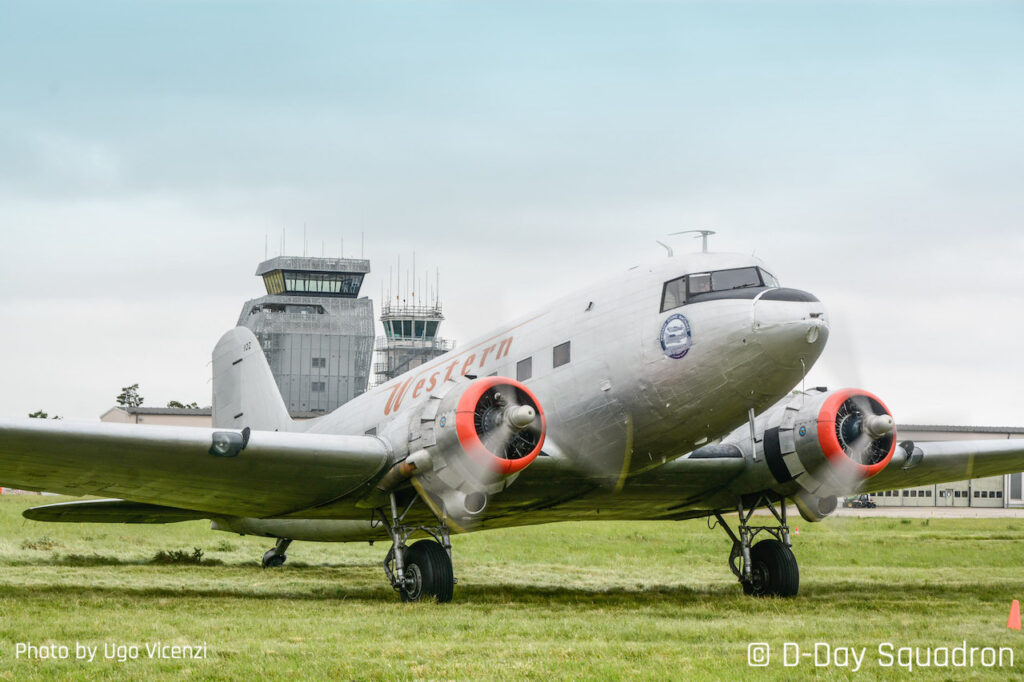
Bravo to the D-Day Squadron for helping make this possible!







